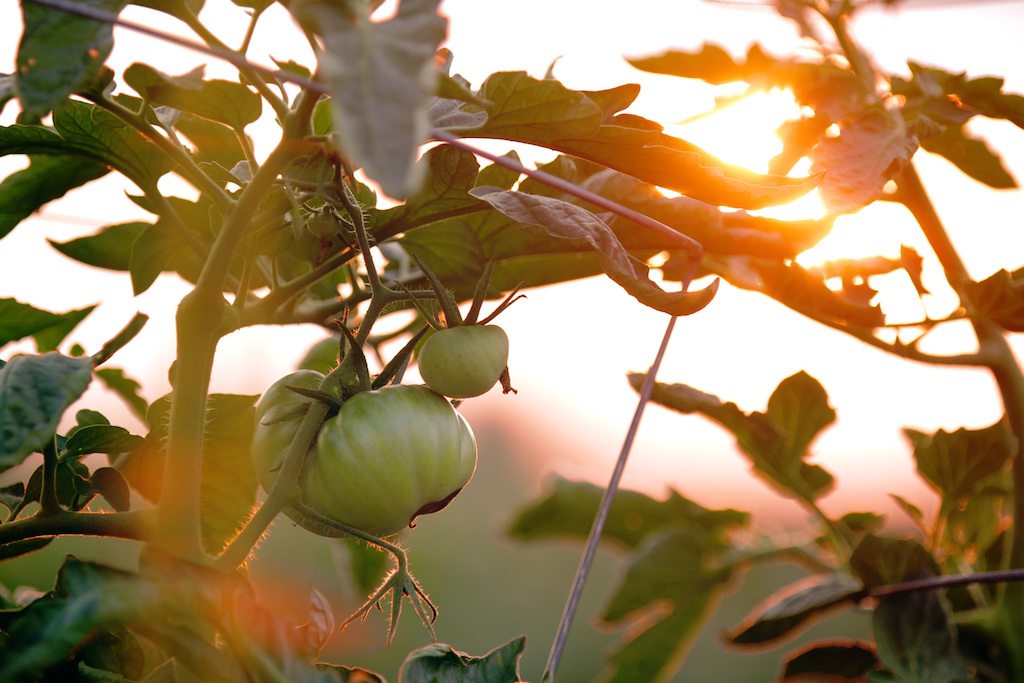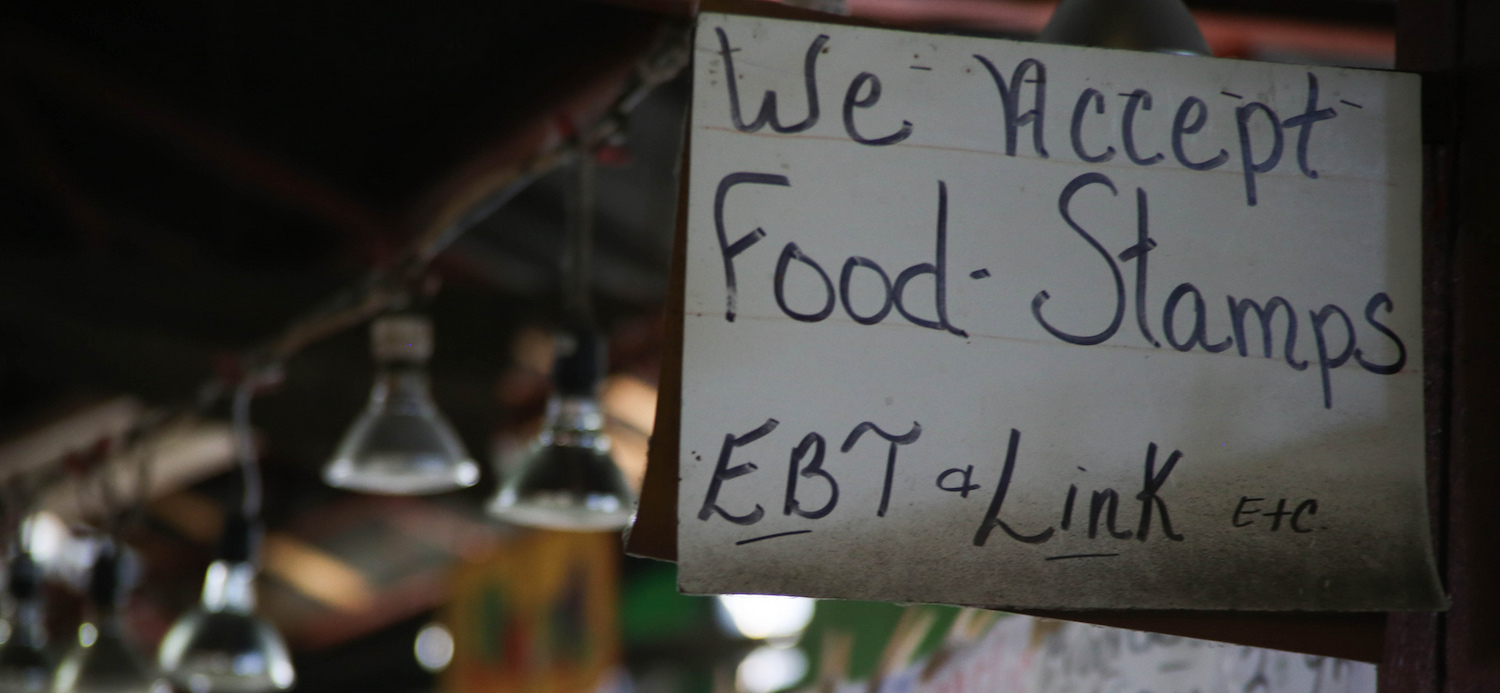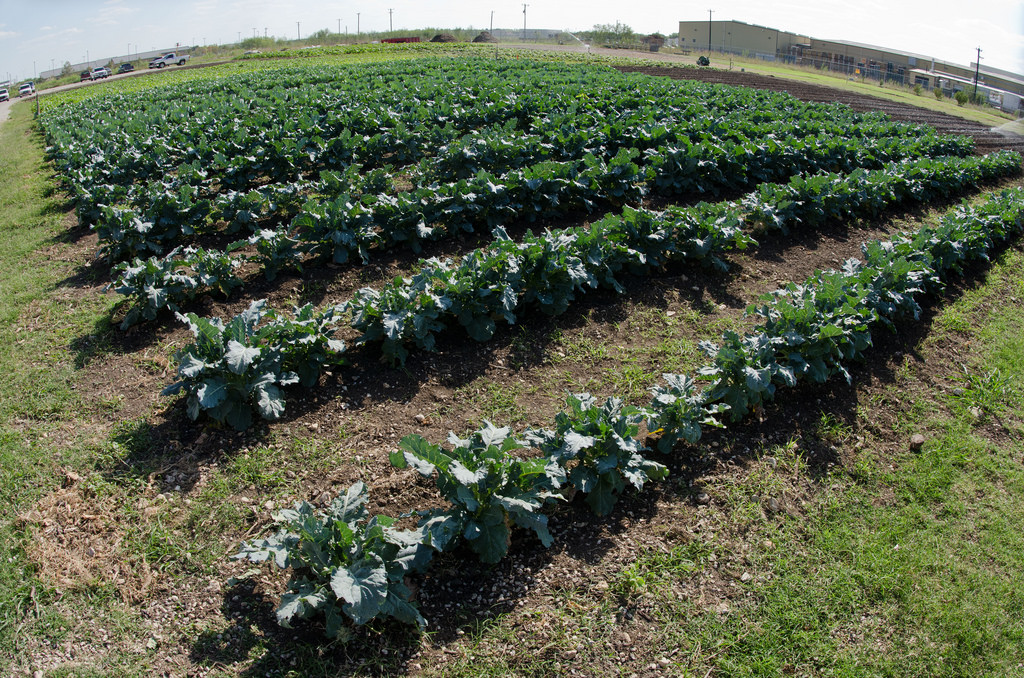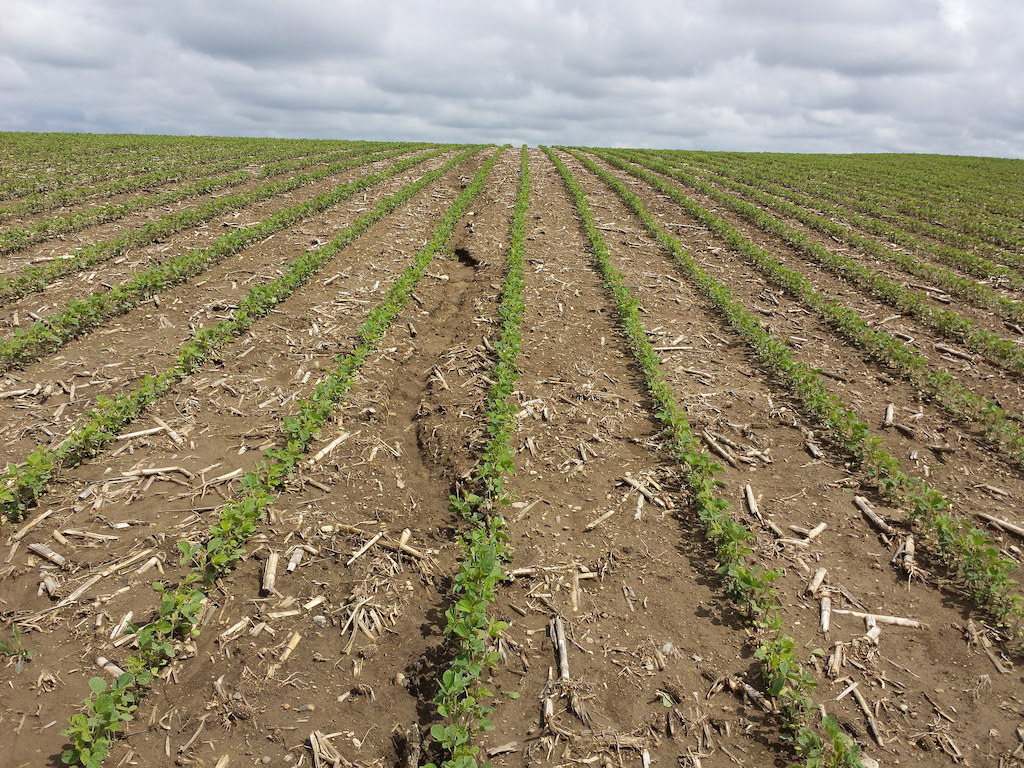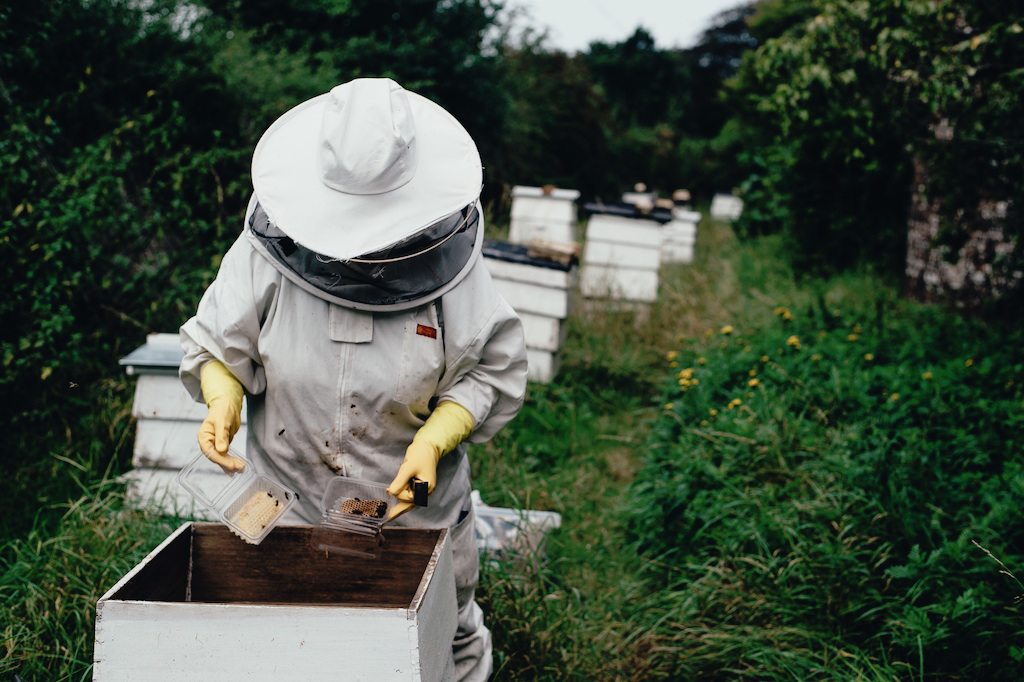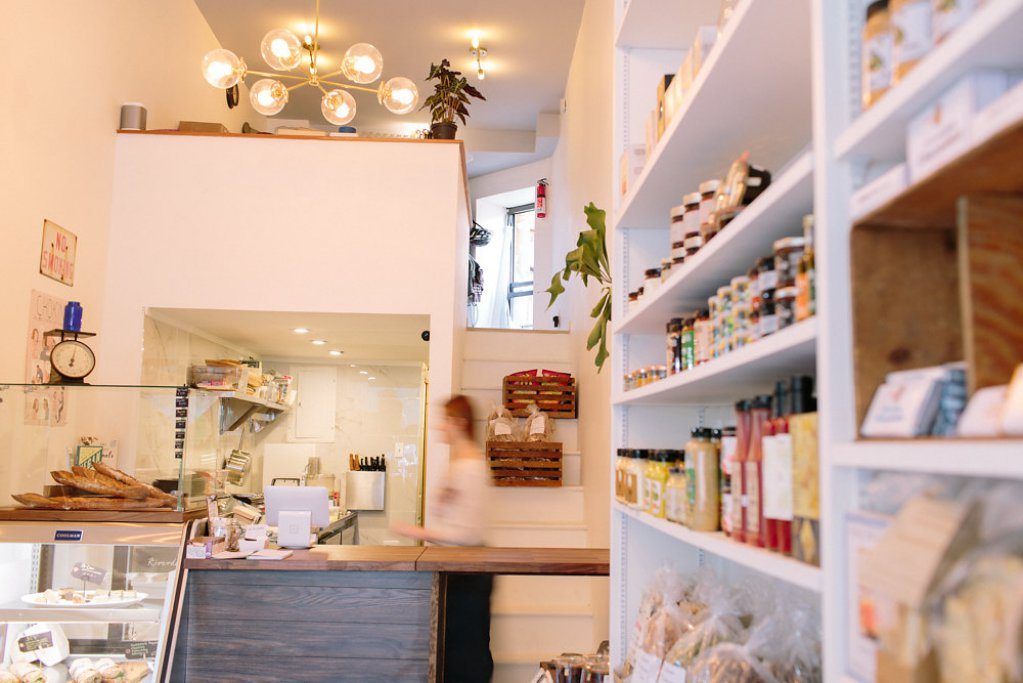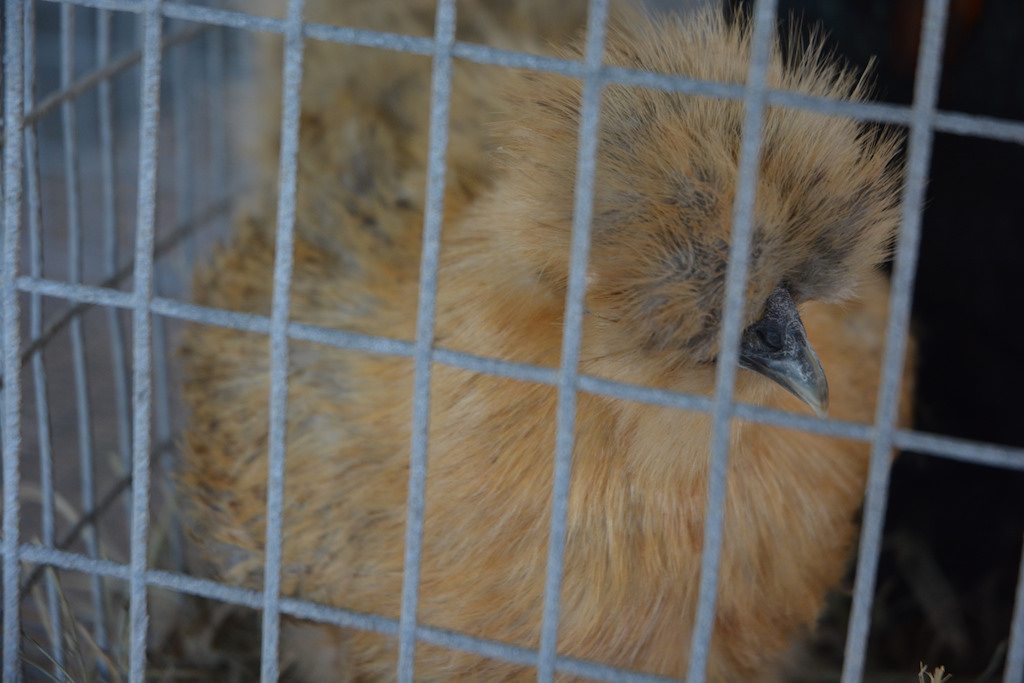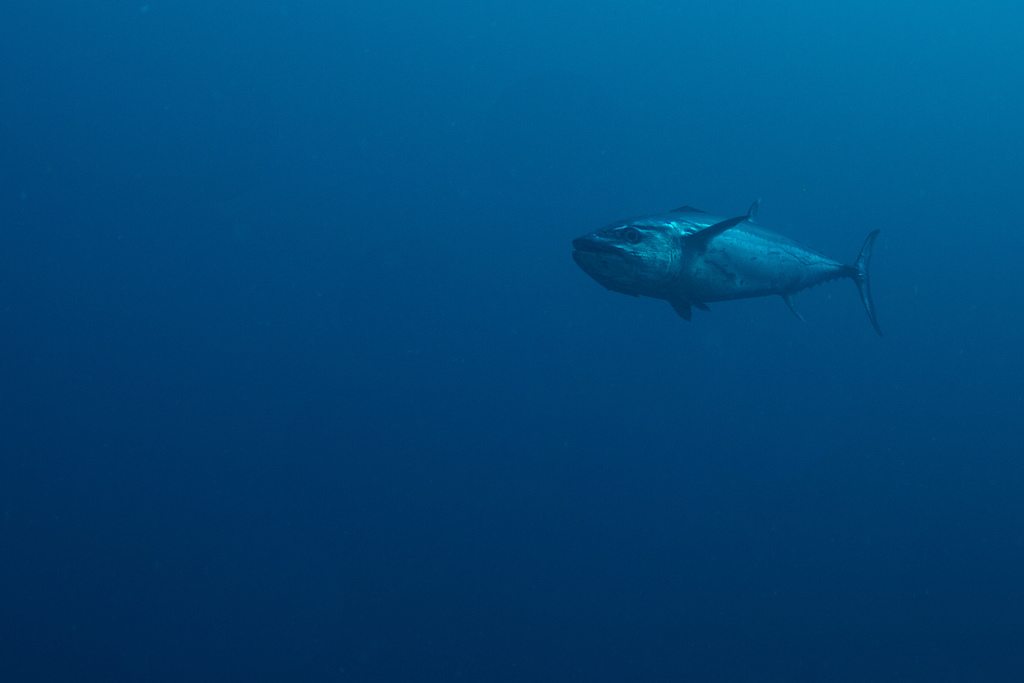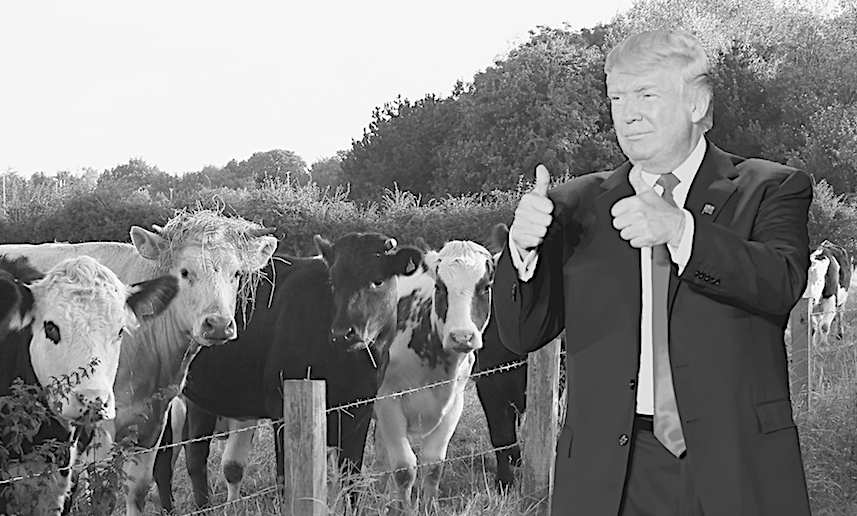I say tomato, you say is the future of food under threat?! After a week that, no matter the color of your state or the tenor of your conversations, likely prompted a very deep think about our political system, it can feel rather freeing to ponder a governing system of another sort—specifically, horticultural.
That’s in part because “existential” theorizing can be undertaken in two ways (hint: one of these is less fraught): the way that involves lots of ifs and it’s possibles, and the way that involves matters of life and death much closer to the ground, unfolding in the here and now, rather than in some future fog.
By that I mean tomatoes. I’ll limit my use of metaphor, though methinks we could use a couple right about now. Case study: High tunnel tomatoes go to market. On the surface it’s a pretty straightforward new food economy story. A project funded by the Texas State Department of Agriculture and conducted through the Texas A&M AgriLife extension yielded 1,500 pounds of tomatoes grown in four high tunnels (also known as hoop houses, they’re the canned ham-shaped structures popular with urban growers), and delivered them to United Market in Amarillo. According to Dr. Charlie Rush, who led the project, United was “…thrilled to get them.”
Another locally-grown-produce-
They replanted the entire study. They planted a replica study in a field adjacent. They harvested, picked weekly, and divided the fruit into marketable and unmarketable categories. And they found that the plants growing in the protected areas yielded about 25 percent more fruit than those growing outside.
They adjusted the parts of the system under their control—water levels and electricity, tunnel design—and they surrendered to systems outside the tunnel. Because that’s what was required to complete the study. They waited and watched. Fruit grew and they fed people. There will always be that work to do. And those stories, however small and seemingly insignificant, will always need to be told.
